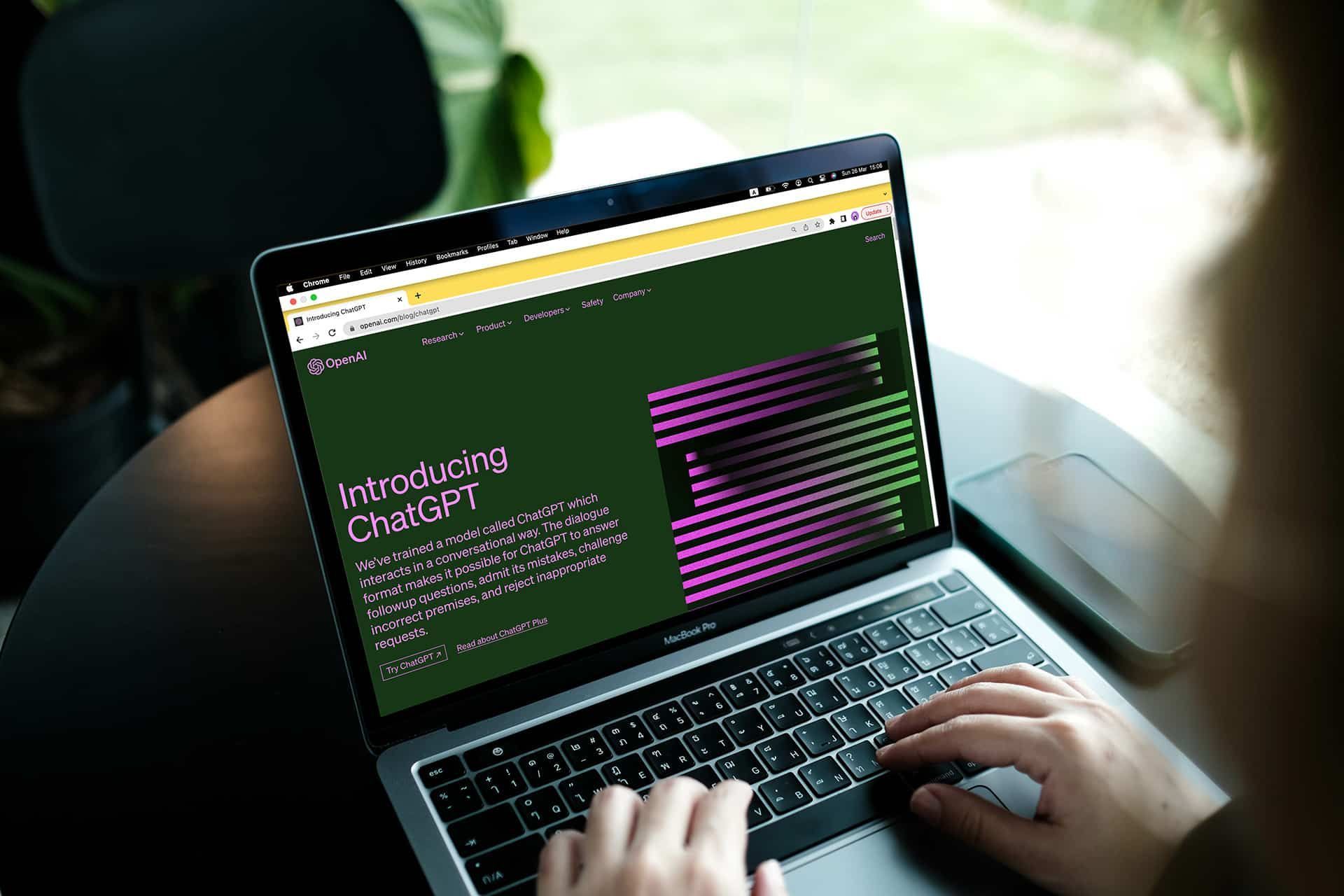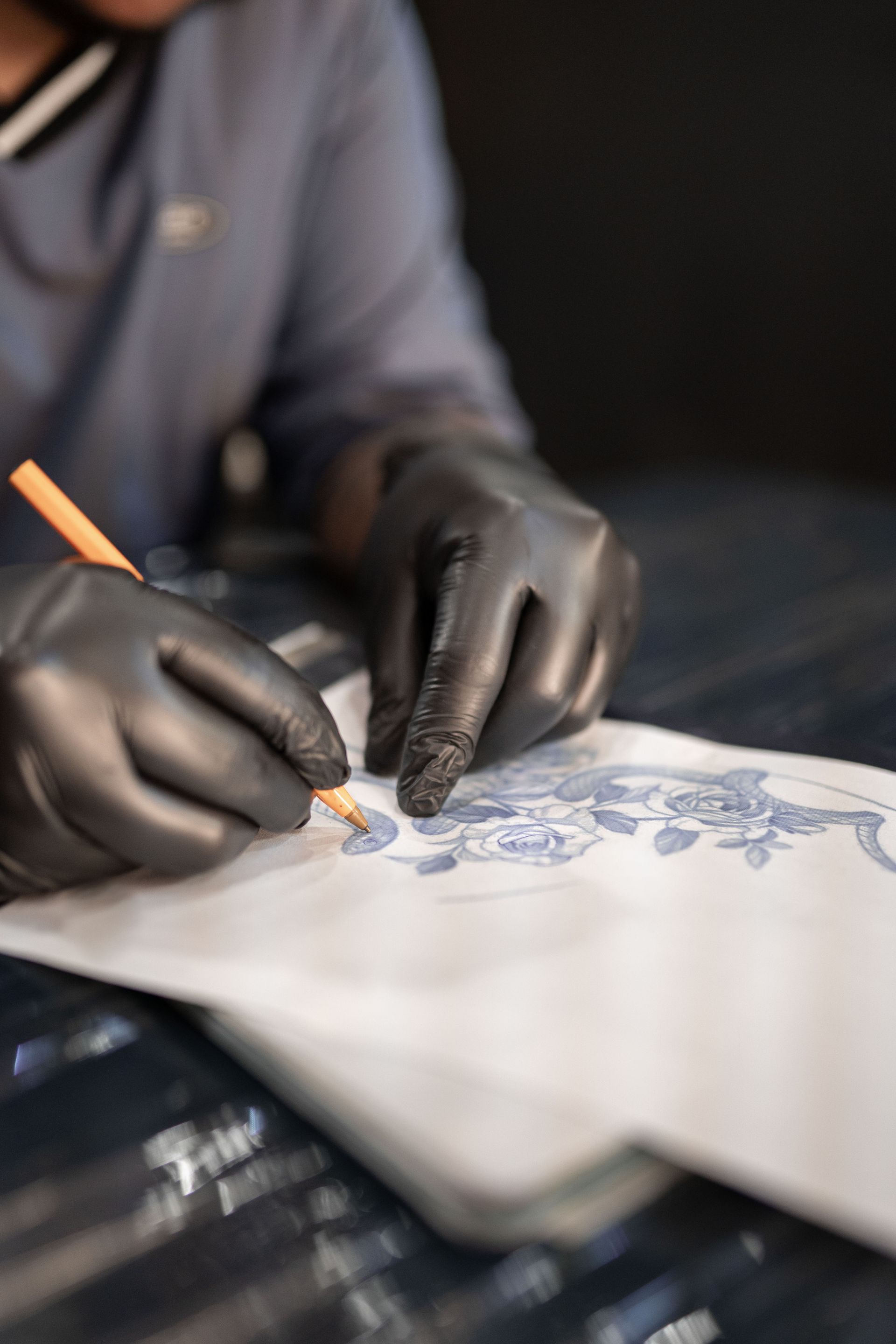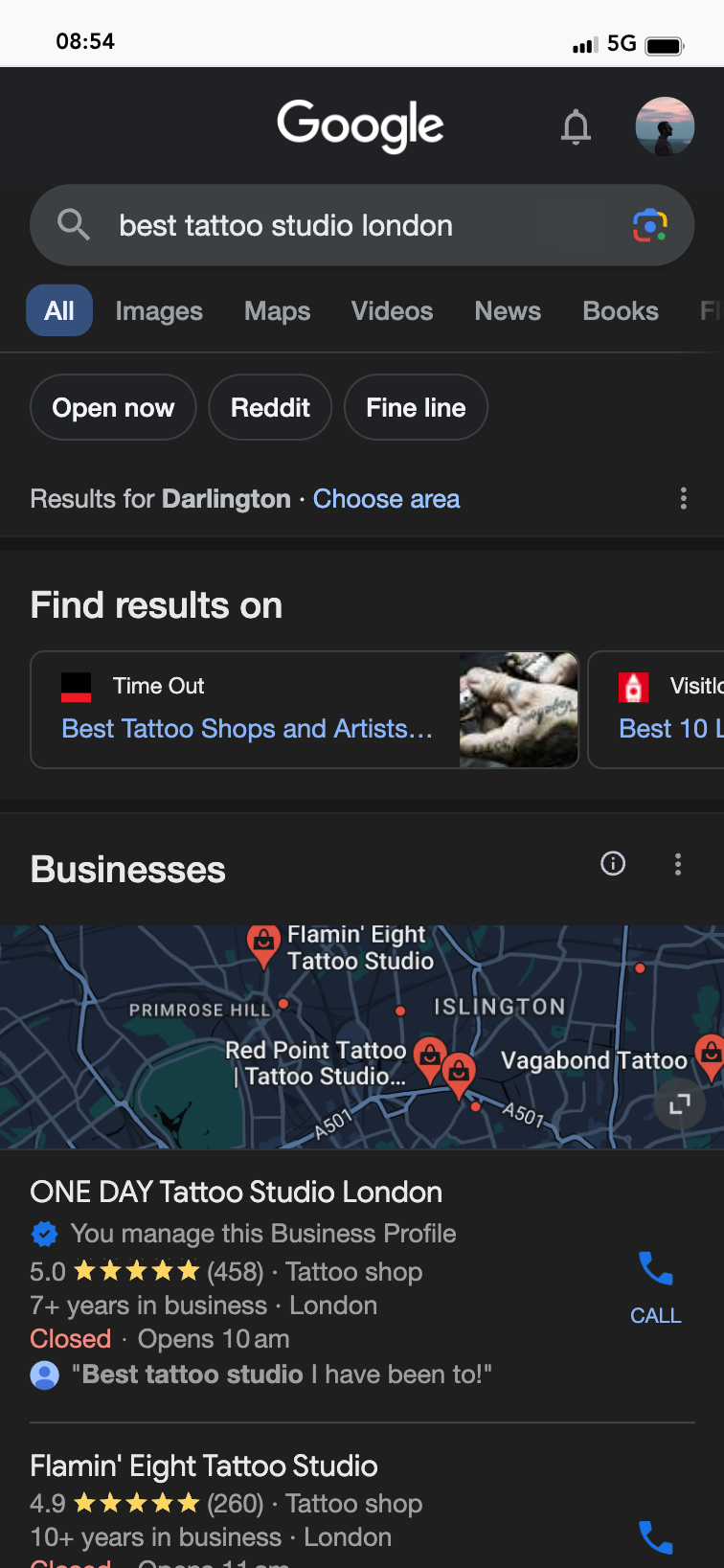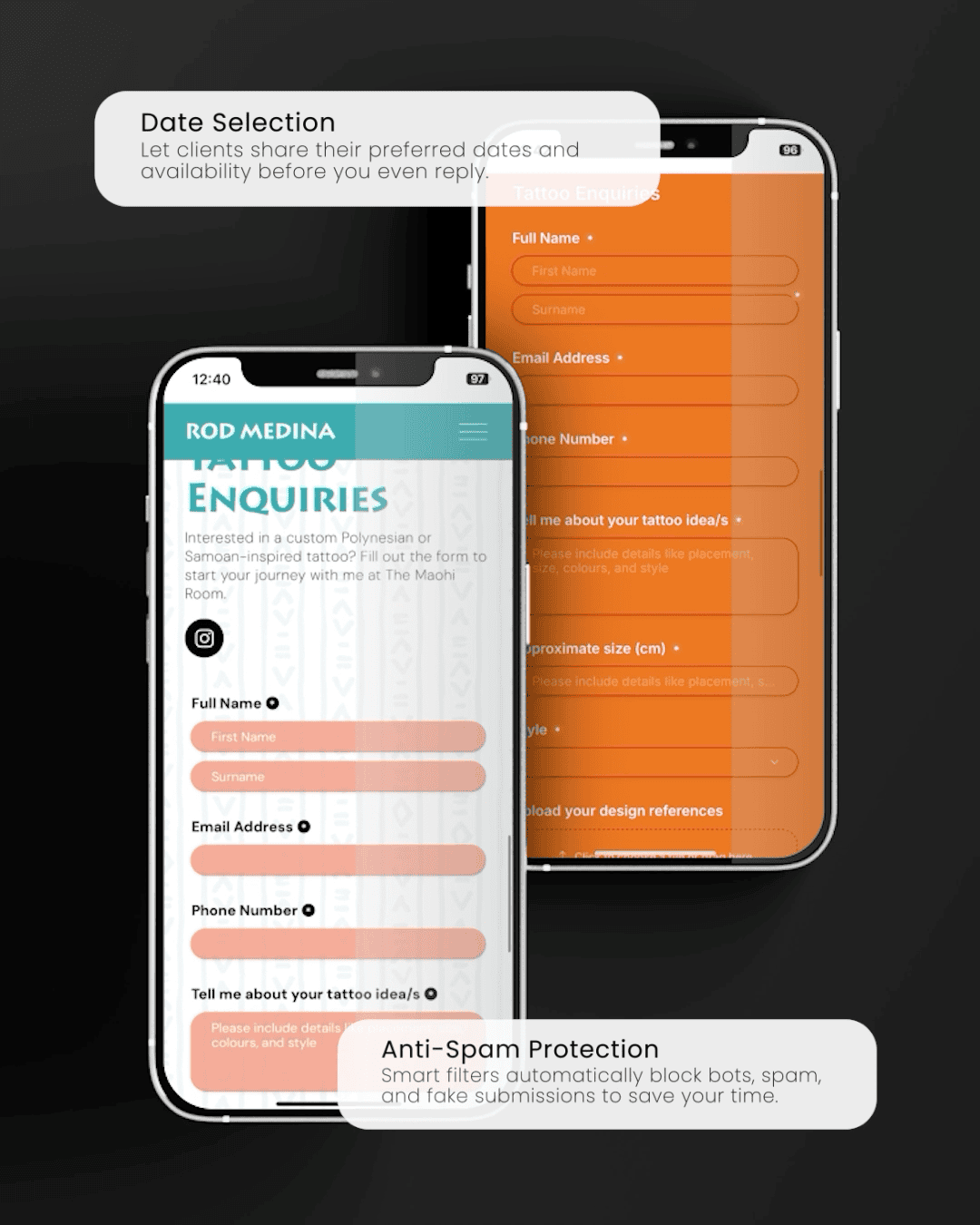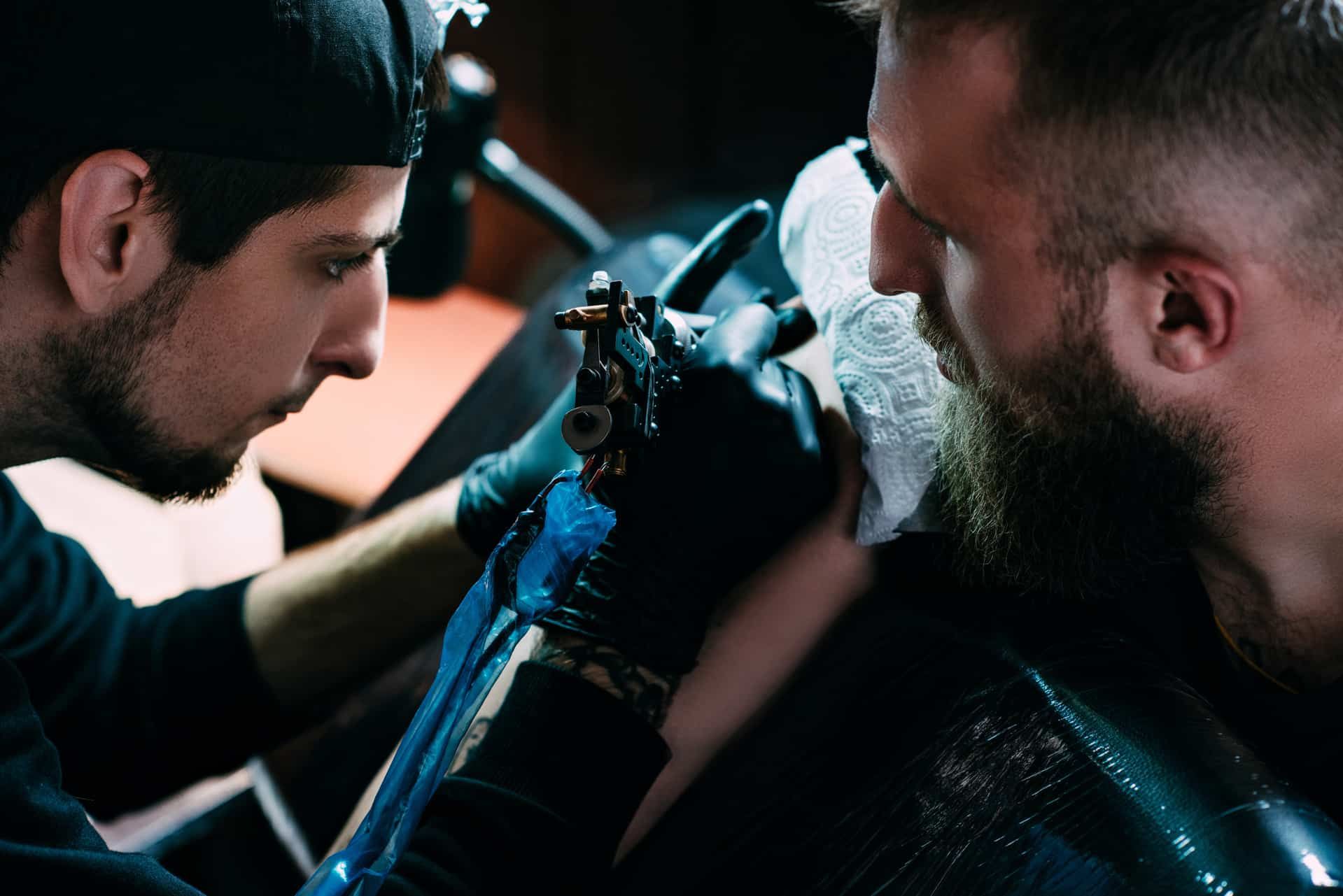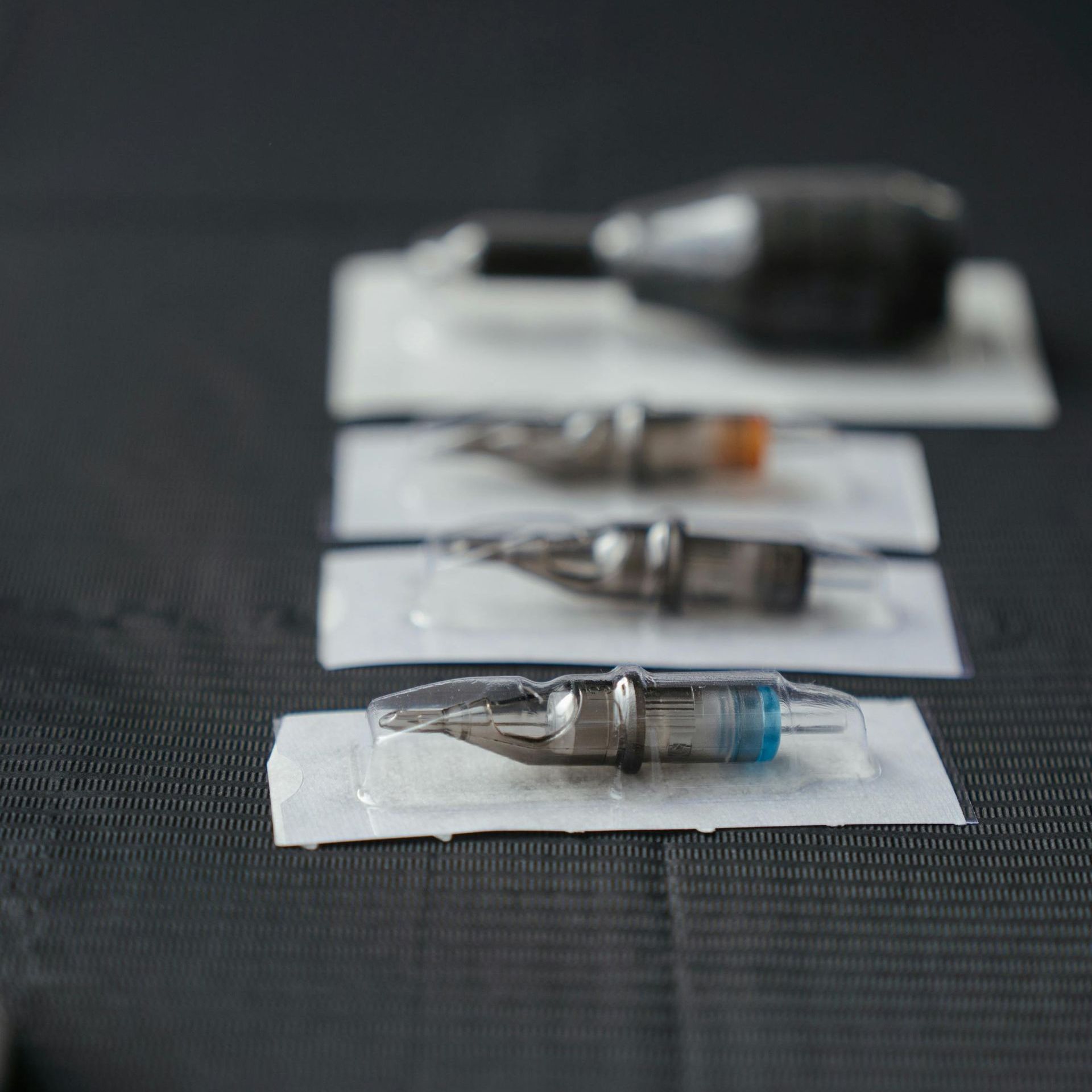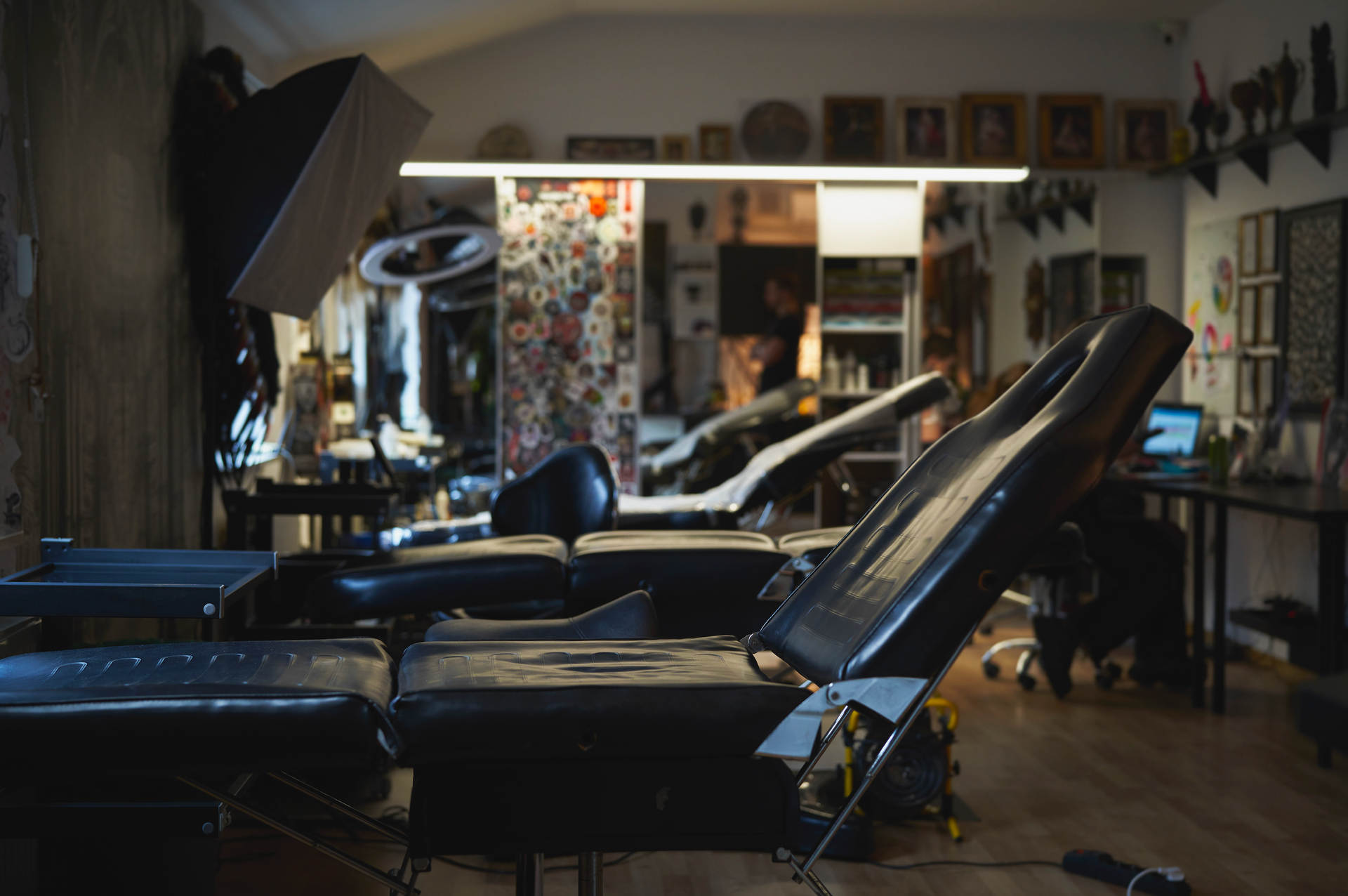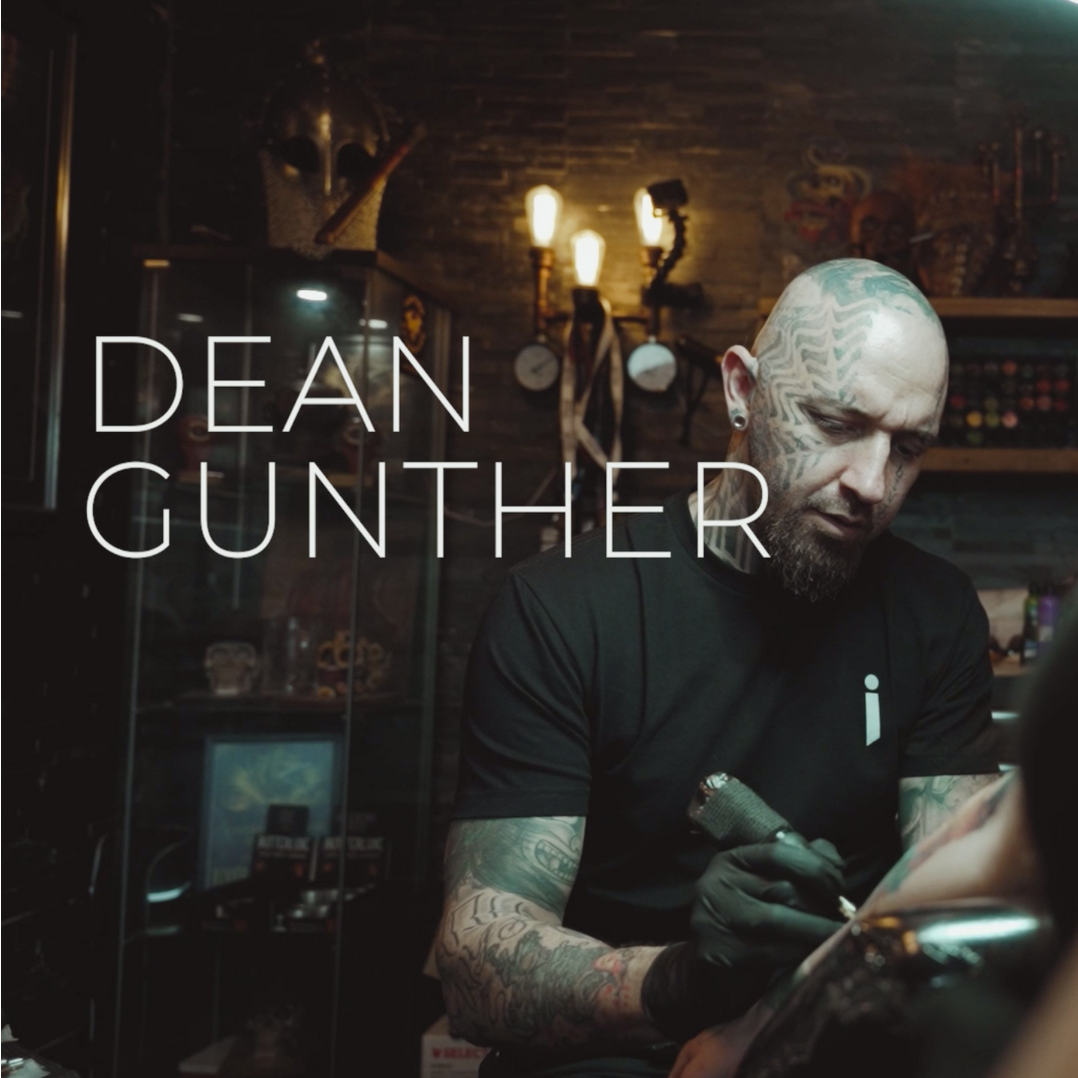The Art of Conversion: How Lead-Qualifying Forms Attract Your Ideal Tattoo Clients
Introduction
Every tattoo artist knows the drill: DMs flood in, emails pile up, and your phone buzzes with enquiries. It's fantastic to see that interest in your work! However, a significant portion of these initial contacts can be low-intent – casual browsers, price shoppers, or those simply not ready to commit. The result? Hours spent on back-and-forth communication that rarely converts Turns an enquiry into a confirmed booking. into a booked appointment.
At Ink Marketing, we believe your time is best spent doing what you love: tattooing. That's why we champion the use of lead-qualifying booking forms Strategic forms that help identify serious clients before you respond. on your website. These aren't just simple contact forms; they're strategic tools designed to filter out the noise and connect you directly with high-intent Clients who are ready and motivated to book. , high-quality clients, dramatically reducing the time between initial enquiry and a confirmed booking.
What is a Lead-Qualifying Booking Form?
Think of it as your digital bouncer. Instead of just asking for a name and email, a lead-qualifying form asks specific questions upfront that are crucial for determining a client's seriousness and suitability. It ensures that by the time you're reviewing an enquiry, you already have enough information to know if it's a solid lead worth pursuing.
How It Filters Out Low-Intent/Passive Clients
- Requires Thoughtful Engagement: Low-intent individuals often just want a quick, generic answer. When faced with specific questions about their tattoo idea, budget, or preferred style, those who aren't serious will typically drop off. They're not willing to invest the minimal effort required.
- Sets Clear Expectations: By asking about budget ranges or requiring reference images, you immediately signal professionalism and the realistic scope of your work. This helps manage expectations from the outset.
- Self-Selection When people decide for themselves whether or not they’re a good fit. : Clients who are genuinely invested in getting a quality tattoo will appreciate the thoroughness and happily provide the requested details. They understand it leads to a better outcome.
How It Attracts High-Intent, High-Quality Clients
- Demonstrates Professionalism: A well-structured form shows you're organised, thorough, and value your time – and theirs. This builds trust.
- Ensures Preparedness: Serious clients want their artist to be prepared. Providing all the details upfront allows you to review their concept thoroughly before any consultation.
- Focuses the Conversation: When you do connect, you're not starting from scratch. You can jump straight into discussing the intricacies of their chosen style, placement, or design, leading to more productive consultations.
- Attracts Ideal Clients: By asking about specific styles (e.g., "Are you interested in black and grey realism, traditional Japanese, or fine line?"), you actively attract clients whose vision aligns with your artistic specialisation. This means more of the work you want to do.
Key Information to Include in Your Lead-Qualifying Form (for Tattoo Studios):
- Client Essentials: Full Name, Best Contact Email, Phone Number, Instagram Handle (for visuals).
- Tattoo Details:
- Desired Tattoo Style(s)
- Approximate Size in cm
- Exact Placement on Body
- Reference Images
- Budget Range
- Availability/Preferred Booking Dates
- Previous Tattoo Experience
- Age Confirmation
Reducing Time from Enquiry to Booking: The Ultimate Efficiency Gain
- Pre-Qualified Consultations Consultations where the client has already passed basic filters like budget and intent. : You're only spending time on consultations with clients who are serious and whose ideas align with your expertise.
- Reduced Back-and-Forth: Gone are the endless DMs asking for basic details. All the necessary info is collected in one go.
- Faster Quote Generation: With comprehensive details, artists can provide more accurate estimates or direct clients to the correct pricing tier much faster.
- Streamlined Scheduling A smooth, simplified booking process with minimal manual steps. : The path from initial contact to a confirmed appointment becomes a smooth, almost automated flow.
Tips for Implementing Effective Forms
- Host it on Your Website: Make it a central feature on your "Contact" or "Bookings" page.
- Keep it User-Friendly: While detailed, ensure the form is well-designed, mobile-responsive, and easy to navigate. Don't make it unnecessarily long.
- Clear Call to Action A specific prompt that guides users to take the next step, like submitting a form or requesting a quote. : Use explicit buttons like "Request Consultation," "Submit Tattoo Enquiry," or "Get Your Custom Quote."
- Automated Confirmation: Send an automated email confirmation to the client once they submit, letting them know what to expect next.
- Review & Refine: Regularly review the submissions you receive. If you're still getting low-quality leads, adjust your questions.
Conclusion
In any competitive industry, efficiency and client quality are paramount. Lead-qualifying booking forms Forms that help you focus only on serious, well-aligned clients. are not just about collecting data; they're about valuing your time, attracting your ideal clientele, and transforming casual interest into solid bookings. It's a strategic shift that allows you to focus more on your artistry and less on administrative back-and-forth.
Ready to attract higher-intent clients and streamline your booking process?
Let Ink Marketing help you design and implement the perfect lead-qualifying system for your studio.
